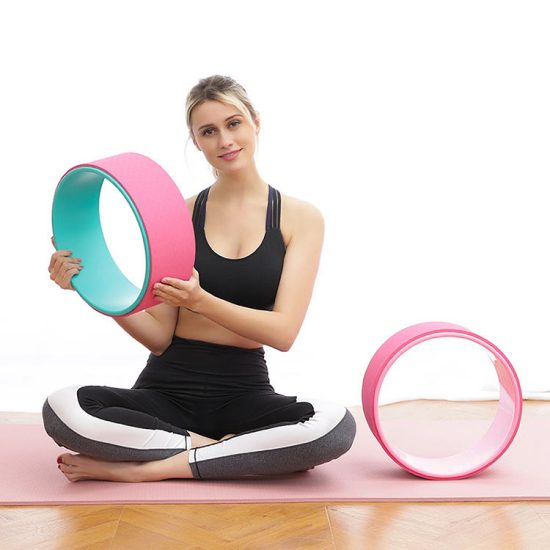“Yoga Blocks Decoded: The Science of Support” delves into the biomechanics and physiological aspects of how these props provide support in a yoga practice. Understanding the science behind yoga blocks helps yogis make informed choices about their use and optimize their practice. Here’s a breakdown of the science of support:
**1. Biomechanics of Support:
- Joint Alignment: Yoga blocks help maintain proper joint alignment in various poses. Placing blocks under hands, feet, or hips can reduce stress on joints, especially in individuals with limited flexibility or injuries.
- Spinal Alignment: Blocks support proper spinal alignment in seated poses, backbends, and inversions, reducing the risk of strain or injury.
**2. Muscle Engagement:
- Targeted Muscle Engagement: Using blocks introduces a level of instability, prompting the body to engage stabilizing muscles. This engagement enhances strength and endurance, contributing to overall muscle development.
- Isometric Contraction: Blocks facilitate isometric contractions, where muscles contract without a change in length. This is particularly evident in poses like Plank or Chaturanga, where blocks create resistance against which muscles must work.
**3. Balance and Stability:
- Proprioception: Yoga blocks enhance proprioception, the body’s awareness of its position in space. This heightened awareness improves balance and stability as the body learns to adjust to the support provided by the blocks.
- Core Activation: When used in balancing poses, blocks engage the core muscles as they work to stabilize the body, contributing to core strength development.
**4. Flexibility and Range of Motion:
- Assisted Stretching: Blocks assist in stretching by bringing the floor closer, making poses more accessible. This support allows individuals to work on flexibility gradually and with proper alignment.
- Incremental Progress: Blocks provide a means for incremental progress in flexibility, allowing individuals to gradually decrease block height as their range of motion improves.
**5. Pressure Distribution:
- Weight Distribution: Blocks help distribute body weight more evenly in poses, reducing excessive pressure on specific joints or body parts.
- Enhanced Comfort: By offering support, blocks enhance comfort in poses, allowing yogis to stay in positions for longer durations, which can contribute to improved flexibility and strength over time.
**6. Injury Prevention:
- Joint Protection: In individuals with joint issues, blocks act as a protective measure by minimizing stress on vulnerable joints. This can be particularly beneficial for those with wrist, knee, or shoulder concerns.
- Gradual Progression: Blocks enable a gradual progression in challenging poses, reducing the risk of overstretching or straining muscles.
**7. Neuromuscular Activation:
- Mind-Body Connection: Using blocks enhances the mind-body connection by requiring conscious engagement of specific muscles to maintain stability and alignment.
- Neuromuscular Recruitment: The presence of blocks prompts neuromuscular recruitment, where the nervous system activates muscles to meet the demands of the pose, fostering overall body awareness.
**8. Therapeutic Applications:
- Rehabilitation: Blocks have therapeutic applications, supporting individuals in rehabilitation by providing controlled and adaptive support in various poses.
- Customization: The use of blocks allows for the customization of poses, making yoga accessible to individuals with diverse physical abilities and limitations.
Understanding the science of support with yoga blocks empowers practitioners to use these props intentionally, unlocking the full potential of their practice. Whether enhancing strength, improving flexibility, or preventing injury, the strategic use of blocks aligns with the biomechanics of the body, fostering a safer and more effective yoga experience.


